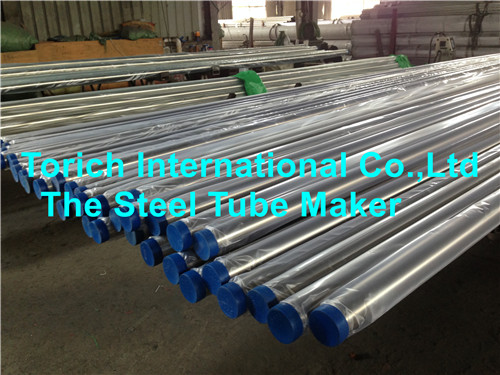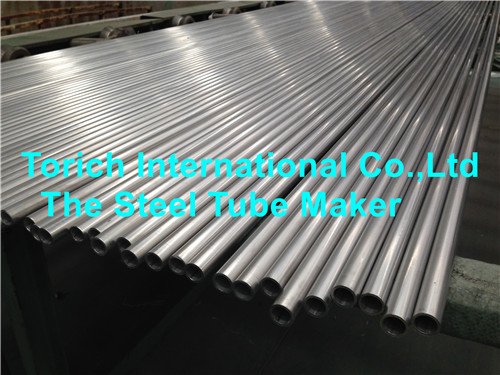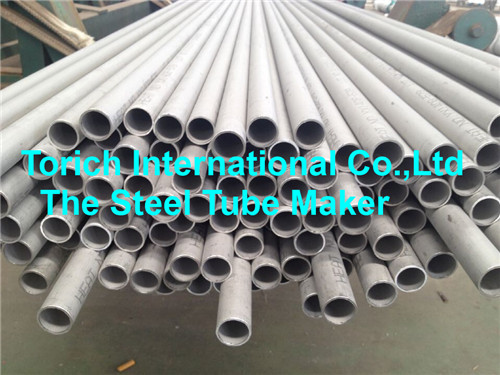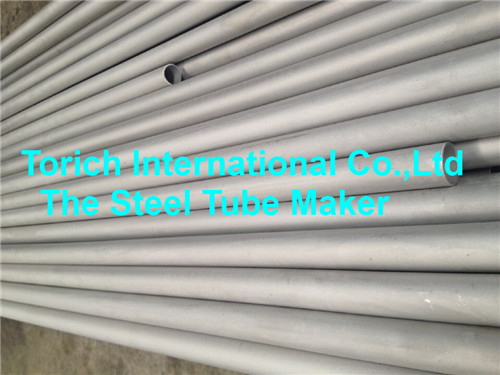Regulating valves operating under complex conditions are prone to severe corrosion, cavitation, erosion, blockage, and scratching, which can cause significant damage to the valve's sealing surfaces. This leads to unreliable sealing performance and a short service life. For decades, domestic regulating valves have struggled with these chronic issues. The full-featured ultra-light control valve has overcome the traditional problems of bulkiness and limited functionality, focusing on breakthroughs in difficult sealing conditions.
First, let’s understand what constitutes complex conditions and the problems they cause:
1. **High pressure and large pressure differences** – These lead to serious erosion or cavitation, which greatly reduces the lifespan of the seal.
2. **High temperature and large temperature variations** – Thermal expansion and contraction can alter the material properties at room temperature, causing leaks, jamming, or even "sticking" in extreme cases.
3. **Dirty media** – Contaminants can cause severe erosion, blockage, and damage to the core, affecting both movement and sealing performance.
4. **Corrosive media** – Direct contact with corrosive substances can damage the sealing materials over time.
5. **VI-level hard-seal shut-off** – Especially under high-pressure conditions, the valve seat and plug must close tightly, but the friction during opening and closing can severely damage the sealing surface.
In summary, under harsh working conditions such as severe cavitation, erosion, corrosion, thermal expansion, blockage, and scratches, achieving a VI-level hard seal is extremely challenging. This has been a long-standing issue for regulating valves in the industry.
Second, the reliability of traditional sealing structures:
1. **Soft seals made of soft materials** – While easy to seal, the material is not durable, leading to poor long-term reliability.
2. **Soft seal against stainless steel** – Slightly better than the first type, but still unreliable in demanding environments.
3. **Stainless steel vs. stainless steel** – A bit more reliable, but the hardness of stainless steel (HRC 20–25) is still insufficient for tough conditions.
4. **Multi-layer sealing seats** – Combining stainless steel sheets with soft materials improves temperature resistance slightly, but the sealing reliability remains limited.
5. **Wear-resistant alloy surfacing** – Typically using Stellite alloys, this is currently the best sealing material available. However, its hardness (HRC 40–45) is still not sufficient for the most severe conditions.
6. **Ceramic seals** – Although very hard, ceramics lack toughness and are prone to cracking, even without initial damage.
By addressing these challenges, the new ultra-light control valve offers a more reliable and durable solution for even the harshest operating environments.
Stainless Steel Tubes including following Steel Grade:
304/304L, 316/316L, 314, 321, 347H, 316Ti, 316LMod, 317L/N, 310S, 253MA, 330, 904L, S31254, XM-19, etc.
TP410, TP405, TP420, TP430, TP430Ti, TP403, TP409, TP444, TP439, TP446, etc.
S31803, S32304, S31500, S32550, S32750, S32760, etc.




Welded Stainless Steel Tube,Welded Stainless Steel Pipe,Welding Thin Stainless Steel Tube,Seamless Welded Stainless Steel Tube
TORICH INTERNATIONAL LIMITED , https://www.steeltubepipechina.com